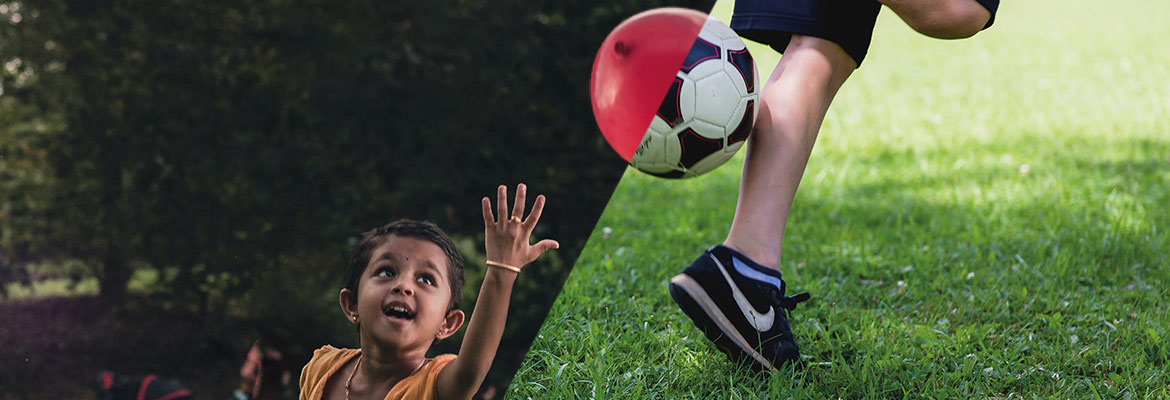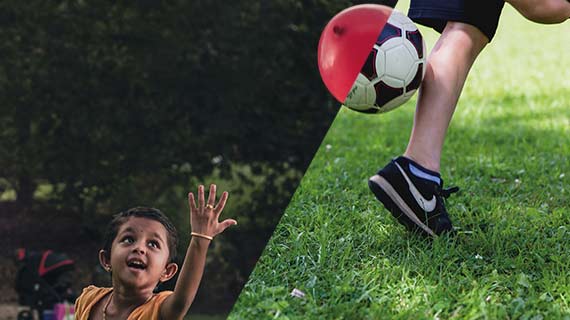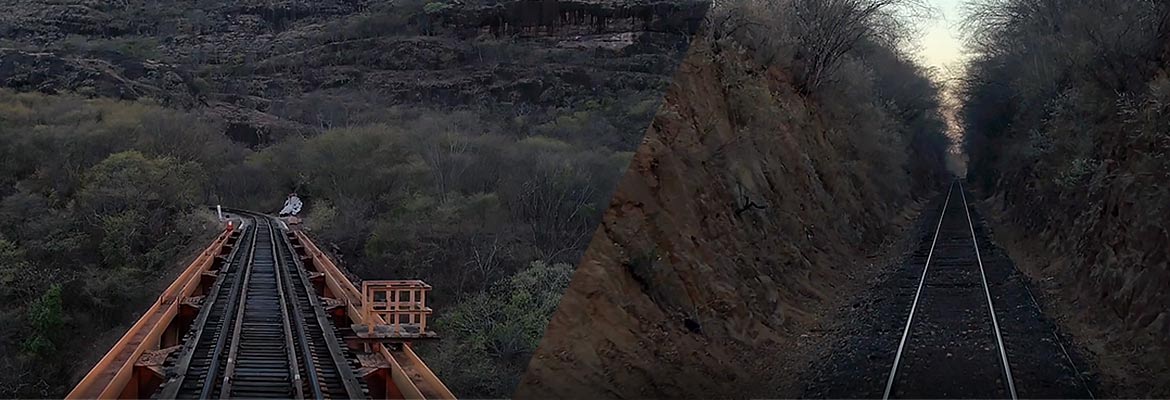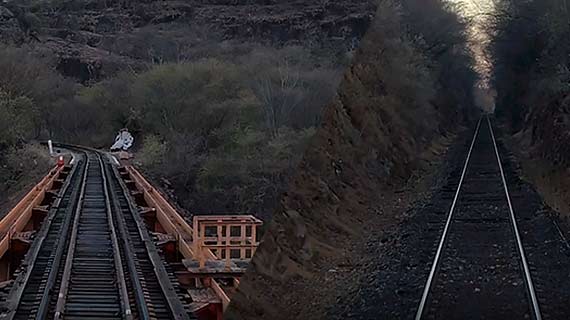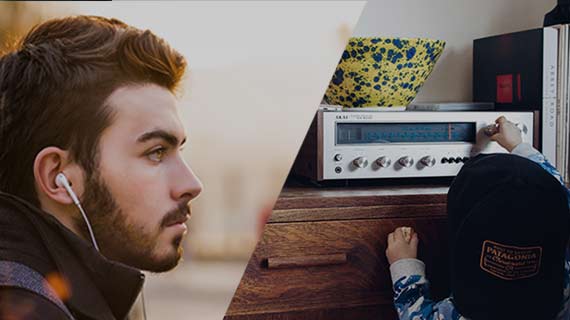What you’ll learn:
Creative match cut examples for better storytelling
- What is a match cut?
- Types of match cuts
Any great video tells a story. Whether it’s a feature film, a TV show, a commercial, a wedding video, or even an engaging home movie, if it connects with an audience, it tells a story. Moving pictures and dynamic sound open infinite storytelling possibilities in ways you just can’t duplicate in other media. It’s all about how the editor puts together the elements of the video into a coherent, compelling whole.
Over more than a hundred years of motion pictures, editors have developed time-honored techniques for effective and creative storytelling, tried-and-true because they work. One of the first, and one of the best, is the match cut.
Read on for a detailed look at match cuts and ways you can add this powerful technique to your editing toolkit!
In essence, a match cut is a transition based on something that matches between one shot and the next, focusing on some element that’s the same or similar between the two shots. It sets up a natural and logical progression between the shots, so the story flows that much more smoothly, using the connection between the shots impactfully.
Match cuts can add drama, comedy, tension, or really any other emotional response a good editor and director want to evoke from the audience. Sometimes they provide information, such as a hooded figure in a bank robbery fading directly into a face, suggesting that the person is the bank robber. But sometimes they intentionally mislead. Maybe that person is sent to stop the next robbery, but you don’t find that out until later, so you’re set up for a surprise.
There are plenty of elements on which you can make match cuts. You can cut to movement, specific visual elements, sounds -- anything in the visual or audio field can be ripe for a match cut.
Remember, though, great storytelling starts in pre-production. Effective match cuts require planning. There are times, as an editor, when you’re given a batch of footage that it’s your job to make a coherent program from, and there may be shots matching by coincidence, but for the most powerful use of match cuts, you need to plan ahead and shoot accordingly. And for best results, you need storyboards and shot lists with you on set and even during the editing process.
Matching movement is possibly the most basic kind of match cut. It’s exactly what it says. A panning motion in one room cuts or dissolves to panning in another room, suggesting a connection between the rooms. A door closes, another door opens at the same angle and vantage point, suggesting someone moving from place to place, perhaps from an elevator at work to a subway platform heading home. Walking feet cut to walking feet in another location, giving the impression of progress, or maybe even a confrontation about to happen.
One of the most common match cuts is a clever way to make a transition between shots seem like one continuous shot. The camera follows a person who then fills the screen and takes up the entire shot. When the person moves away, we’re in a new shot, but if it’s done well, it appears seamless, even if the next shot is in another location entirely.
An object, such as a car, getting closer and filling screen, then cutting to object moving away, is also a classic way to suggest speed and traveling over a long distance.
Other types of match cuts don’t have to be perfect matches. A closeup of a character writing with a pen that dissolves to the same character’s hands now typing can suggest progress in time or the developing sophistication of the writer.
And of course, there are an infinite number of other types of movements you can match and cut on. It all depends on the needs of your project and the creativity you bring to it.

Like matching movement, matching images focuses on similar images between shots.
A face fades into a painting of a similar face for comic effect, or maybe to show that a character later becomes an honored figure in the family or maybe in a company. A stoplight cuts to a red sun at sunrise or sunset, suggesting movement in time. A window cuts to a TV, perhaps suggesting the TV is the only window to the world someone has.
Again, the possibilities are endless. Find ways to cut on imagery, tell your audience what they need to know, and propel your story forward.
Video and motion picture are visual media first, so most of the information you’re giving your audience will be visual. But sound plays a critical role, too, and you can use sound as a powerful creative storytelling element.
Often, a cut matching on sound may transition between two very different visuals, but the sound connects them in ways the visuals don’t. In fact, the visuals may intentionally contrast, but the sound ties them together.
For example, a character stays up all night gambling, excited at winning, and the ringing of slot machines or coins filling up the character’s winnings pile transitions into an alarm clock bell the next morning, when the character is hungover and late for work.
Maybe a character sits on a deck by a peaceful lake, and a foghorn transitions into a loud truck horn in a bustling city, where the character has returned to a high-stress job after a vacation.
Or it could depict a more logical transition, such as the laughter of a child sledding down a hill cuts to the laughter of the child as an adult, riding a luge in Olympic competition.
Those are some examples of match cuts and ways you can use them to elevate your storytelling to greatness.
Do it your own way! How you use match cuts is totally up to you and limited only by your imagination.
















What's the difference between VEGAS Pro and VEGAS Pro Suite?

